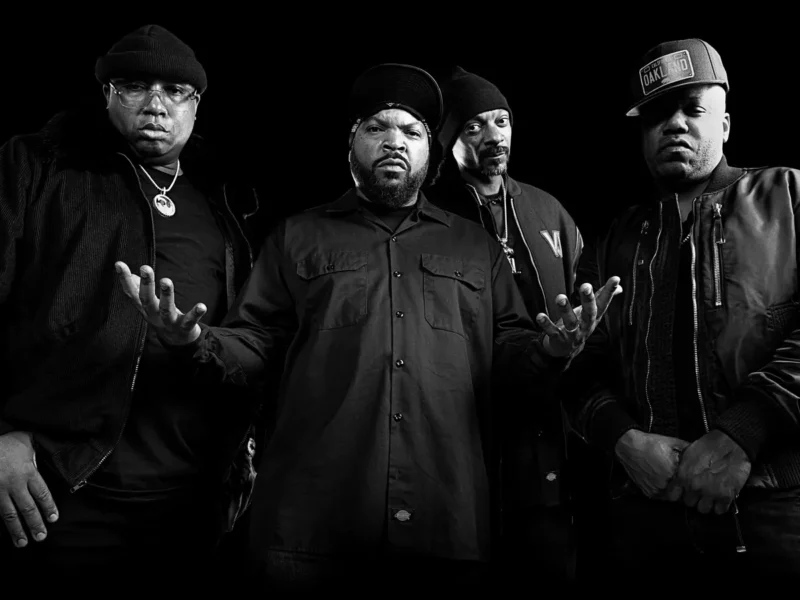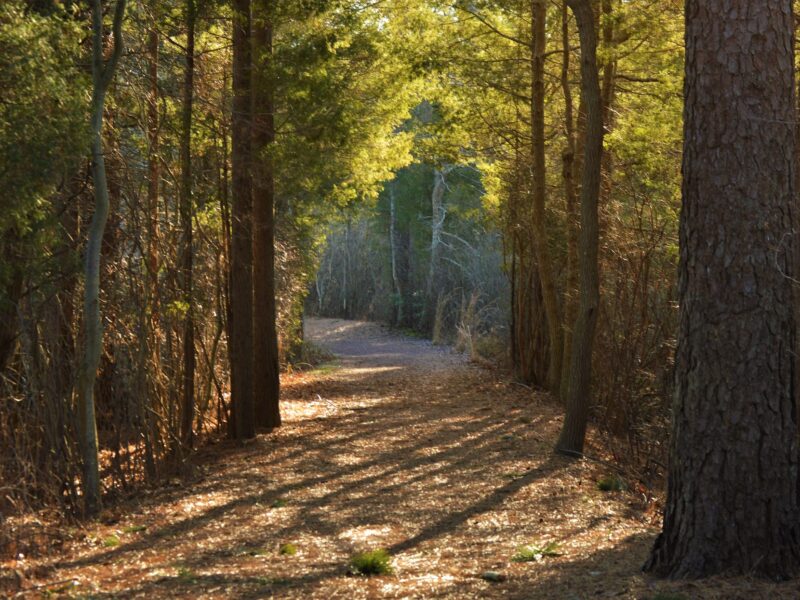Hook:
Have you ever walked through the streets of Dubai. And admired the stunning Islamic calligraphy art decorating the city’s walls and buildings? The art of Islamic calligraphy has a rich history and holds a special place in the culture of the UAE. It is not only an expression of creativity but also a symbol of tradition and identity.
Thesis:
In this blog post, we will delve into the world of Islamic calligraphy in Dubai. Specifically, how it has evolved from script to canvas. From its origins in manuscripts to its present-day incorporation in various forms of visual art. This art form is both fascinating and unique.
Relevance:
As Dubai continues to be a major player in the art world. Understanding Islamic calligraphy is essential for anyone interested in the city’s culture and history. Additionally, for Dubai residents, the art form is an important part of the cultural identity.
The Evolution of Islamic Calligraphy Art in Dubai
Overview:
Islamic calligraphy is an art form that dates back to the 7th century. It originally served as a means of transcribing religious texts. Such as the Quran, and was considered a sacred art form.
From Script to Canvas:
In recent years, Islamic calligraphy has evolved to be incorporated into various forms of visual art, including painting and sculpture. This has been driven by the works of contemporary artists who have expanded the traditional boundaries of the art form. In turn, making it more accessible to a wider audience.
Examples:
The Calligraphy of the City of Gold project features a series of calligraphy-inspired mural paintings. Which can be found in various locations throughout Dubai. The Jameel Art Centre hosts regular exhibitions that feature contemporary calligraphic works.
The Cultural Significance of Islamic Calligraphy in Dubai
The Role of Calligraphy in Islamic Culture:
Calligraphy has been an integral part of Islamic culture. And it has played a crucial role in preserving the Arabic language and tradition.
Significance of Islamic Calligraphy in the UAE:
It is also an important symbol of the country’s cultural identity. The city has made significant efforts to promote this art form, with many art academies, events. And exhibitions dedicated to it. Understanding the cultural significance of Islamic calligraphy Art in Dubai provides insight into the city’s rich heritage and identity. It also provides a deeper appreciation for the art form itself.
The Cultural Significance of Islamic Calligraphy in Dubai
The Role of Calligraphy in Islamic Culture:
Calligraphy has been an integral part of Islamic culture. And it has played a crucial role in preserving the Arabic language and tradition.
Significance of Islamic Calligraphy in the UAE:
In Dubai and the UAE, calligraphy is considered as a highly respected art form. It is an important symbol of the country’s cultural identity. The city has made significant efforts to promote this art form. With many art academies, events, and exhibitions dedicated to it. Relevance: Understanding the cultural significance of Islamic calligraphy in Dubai provides insight into the city’s rich heritage and identity. It also provides a deeper appreciation for the art form itself.
Conclusion
Summary:
This blog post has delved into the world of Islamic calligraphy in Dubai. Looking at its evolution from script to canvas and its cultural significance in the UAE. From its rich history to its contemporary applications, Islamic calligraphy is a fascinating and unique art form.
Final thoughts:
Exploring and understanding Islamic calligraphy Art in Dubai is an excellent way to gain insight. Into the city’s rich heritage and identity. And, for those who reside in Dubai it is an opportunity to deepen the appreciation of their own cultural identity.
Encourage readers:
This post has just scratched the surface of the rich and complex world of Islamic calligraphy. For a deeper understanding, we recommend visiting local galleries. And exhibitions, taking a class or workshop, or reading more about it.



